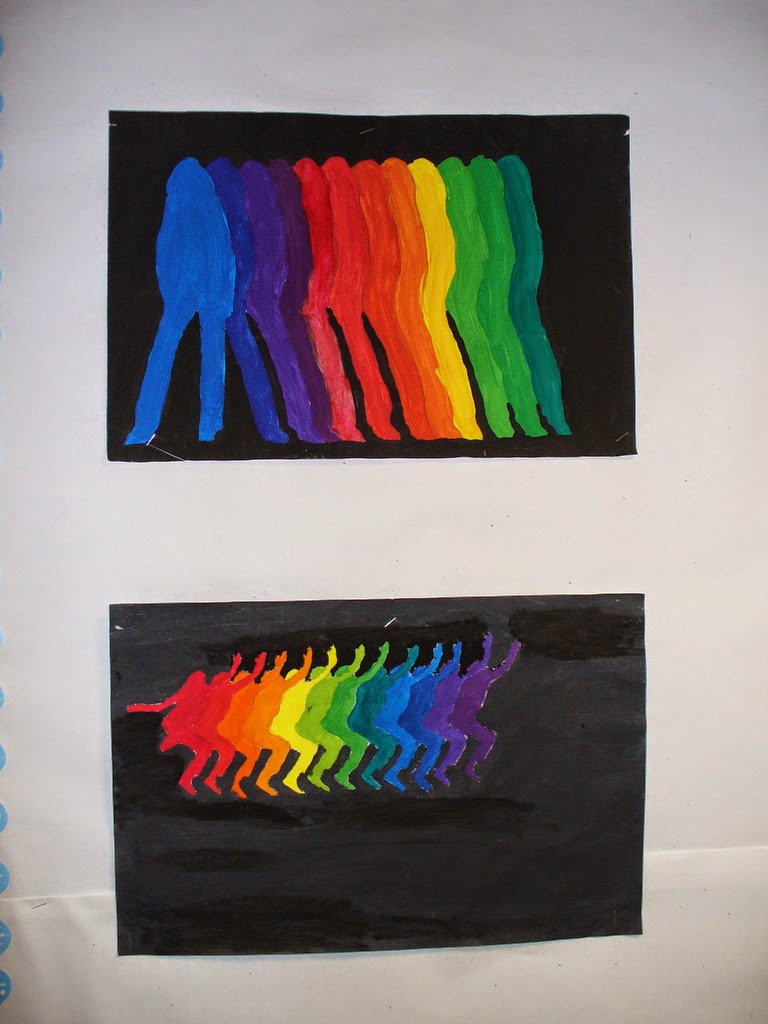

Accordingly, the 21 Taras display various depictions including wrathful, semi-wrathful and peaceful.

Additionally, 21 Taras allow followers to broadly address internal weaknesses hourly or daily according to their predisposition. Indeed, the 21 Taras protect devotees from the eight and also 16 fears. In fact, Tara represents an entire class of deities. Unfortunately, there is a difference of opinion but the Tara meanings are generally quite similar. However, disagreement exists between Tibetan Buddhist schools with matching each praise to each variation of Tara. The complexity of Tara evolved into 21 variations which were based on the 21 verses taken from the “Praises of the 21 Taras”. The Tara bodhisattva vowed to refuse reincarnation as a male until there were more female Buddhas. However, Tara is also fiercely independent and she is arguably the world’s first feminist.

Tibetan Buddhists also believe that she is the female aspect and consort of Avalokiteshvara. In Tibetan Buddhism, Tara was born from a teardrop that fell from the eye of Avalokiteshvara. Indeed, the close affiliation of Hinduism and Buddhism results in the mutual acceptance of deities.īuy a Beautiful Fully Gold Gilded 15″ Green Tara Statue Scholars believe that Tara’s Hindu origins enabled her acceptance in Buddhism. It was in Tibet that the character and physical appearances of Tara would gain in complexity.Īdditionally, the cult of Tara would soon take root in other countries who adopted Tibetan Buddhism such as Nepal, Bhutan and Mongolia. Additionally, Tibetan Buddhism would play an important role in the evolution and growing popularity of the Tara statue meaning. As a result, worship of the Tara Goddess would take root in both Mahayana and the more progressive Tibetan Buddhism. The worship of Tara statues spread rapidly with the rise of the Pala Empire in 8th century India. Indeed, the character and appearance of Tara statues would soon become much more elaborate. However, the Tara statue meaning found in the sutra was vague and mostly coincided with the rapidly evolving popularity of Mahayana Buddhism.Įventually, about 5 centuries later, the essence of a Tara statue evolved to become expressed as the “compassion of perfected wisdom”. The divine inspiration behind a statue of Tara is a renown Buddhist deity that first appeared in the “Prajnaparamita Sutra”.


 0 kommentar(er)
0 kommentar(er)
